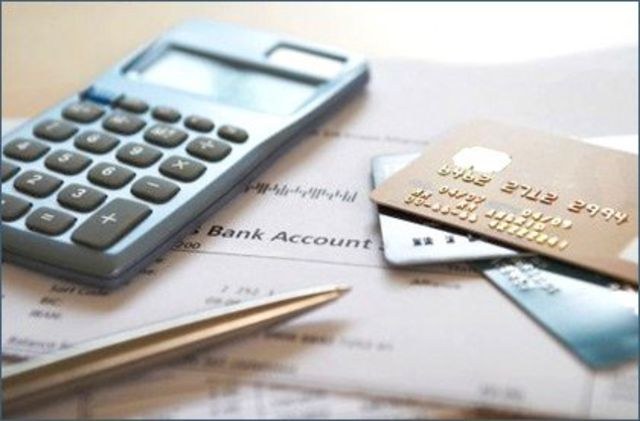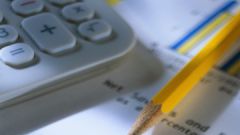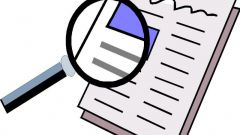The assets and liabilities in bookkeeping is the first and the second part of the balance sheet. The set of results collected in a single list in a table with two sides is called the balance sheet.
This table shows the number of economic resources and education in key cash rate for a specified period. For all active accounts accounting visible available funds, and the balance on the active account shows how the funds are distributed, that is, where they are directed.
The passive accounts are visible sources of formation of economic resources. The remains of the passive accounts show how there are funds available. Definitely need to remember that in accounting, the assets and liabilities is the same money, just split into different groups. Hence, the amount of assets will always equal total liabilities. The entire amount of assets (or liabilities) is the "currency balance", but to the currency of other countries this term is irrelevant and only serves to determine the volume of economic activities of a firm. At any time, looking at the balance of the organization, you can obtain information about its cash position. It also shows the estates of the organization on the date of balance sheet. The balance sheet has two parts. In the first part of the property is presented broken down by cells of education is the liabilities, and in the second part the property is presented in appearance, placement and number of items are assets.
Some people think that accounting is very complex and incomprehensible. To some extent this is true, because a large proportion of the accounting profession lies in the study of complex instructions on specifically which accounts and in what sequence to do accounting any work.


